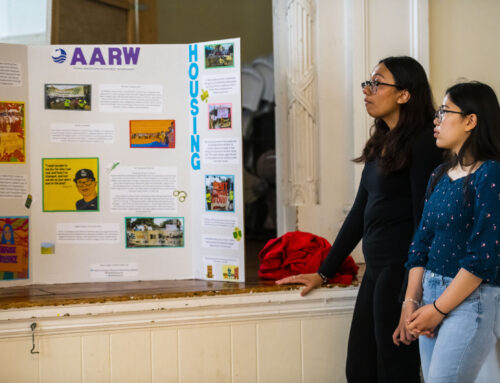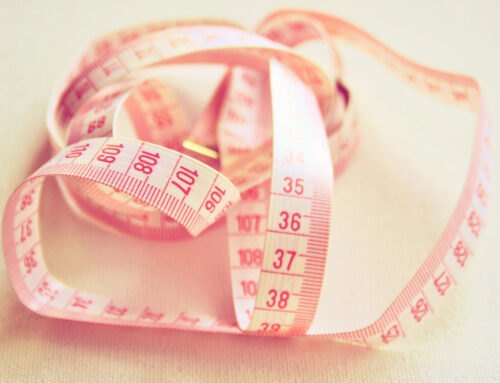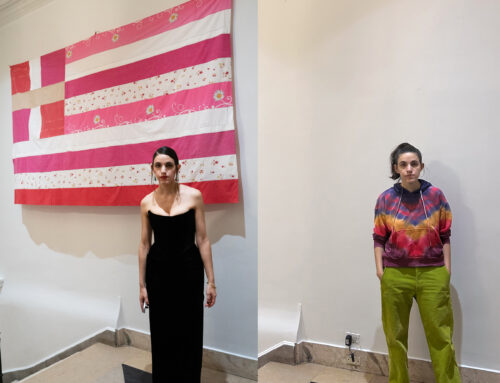
Over this three-month quarantine, I’ve repeatedly told myself that “health ranks above all.” Forget 18th birthday celebrations spent walking along the New York City skyline, trying to navigate the subway for the first time, watching my graduation cap cascade through the air. Forget going into the streets, forget protesting alongside my peers, because “health ranks above all,” because I have the privilege to protect my health by staying at home and taking care of my body, unlike many others. So, I choose my pick: stay home to support public health and COVID-19 efforts, partly because I am fearful of protests which are known to escalate all too quickly. Partly because I feel that I am making the right decision in separating the Black Lives Matter movement from COVID-19—I can support the movement while also protecting myself against the pandemic.
And that’s exactly where my first mistake falls. For many others, there is no room, no time, no privilege to stay home from protests. I can’t continue looking at these two stories — the heartwrenching, barbaric murder of George Floyd and the ongoing COVID-19 pandemic — as isolated occurrences. My mistake is separating the pandemic and protest stories because both are severely intertwined. Both are rooted in racism, inequity, and hopelessness; both are extensions of the inherent disparities which have been etched into our communities.
The ongoing protests are about police brutality, but they are linked to much larger, ongoing systemic inequities. I hear the phrases “dismantle white supremacy” and “fight for black lives” impulsively spoken and written, but how can we tangibly do this? My inbox, feed, and thoughts have been overwhelmed with messages, tweets, and posts about how terrible the current system is, how white privilege has stifled black freedom, how much wreckage black lives have endured, and the lethal impacts of racism. Though I applaud individuals who have taken the initiative to step up and raise awareness on different social media platforms, long-term change only starts with becoming more educated, more aware of these issues. Long-lasting change comes from restructuring the fundamental institutions which perpetuate racism and inequity.
This morning, I learned that Floyd was detected to have the coronavirus. It made me pause to think about the prevalence of COVID-19 in Black communities. At one point, maybe a few months ago, individuals of all colors, races, and ethnicities were equally vulnerable to the virus. Yet, three months later, we were faced with the reality: COVID-19 most severely impacts African-American and Black populations. Across the United States, Black Americans are contracting and dying from COVID-19 at wildly disproportionate rates, and, in most areas, they are not being tested for the virus nearly as frequently as their white peers. In fact, Black Americans account for 34% of confirmed cases. Moreover, nationally, African-American deaths are nearly two times the expected rate based on their proportion of the population. Essentially, Black Americans make up a majority of the essential workers, and are therefore more likely to contract illness; yet, they are least likely to receive health insurance, healthcare coverage, or paid sick leave. Race seeps into every potential health determinant. Who is more likely to be living in crowded, small areas? Who is more likely to live in areas with polluted air and unhygienic conditions?
What’s more is that many health professionals of color disagree with comments from colleagues who believe that “by focusing on race and ethnicity in the disease [COVID-19], some of the empathy for managing and treating the disease is going to go away.” But the reality is that the lack of racial contextualization surrounding healthcare is what continues to create such drastic differences in the way people are treated and ultimately, increases the risk of disease and mortality for Black people and people of color. Unless supplies, resources, and adequate health services are not distributed to all communities, the pandemic will go on for everyone.
Donnie Hoover, a judge from Charlotte, North Carolina, had a subtle dry cough in early March. This quickly escalated as she tested positive in April. LaShawn Levi, a medical assistant who rides the bus each day, chose to utilize homemade remedies in the form of teas and syrups — “everything your grandma taught you”– to treat her cough, before finally getting tested weeks later. As Black people are more likely to experience longer waiting times and feel neglected by her physician, it is likely that Levi may have avoided going to the hospital to seek help until absolutely necessary. From the time patients enter the waiting room of an emergency room to the time spent with doctors, healthcare services are heavily influenced by race and ethnicity.
The healthcare system we have built in this nation has allowed this to happen. It is gutted with racism and inadequate care for minorities, with diabetes skyrocketing in Black communities, with collapsed lungs in those who live in polluted environments. While bodies are bound to be different, the handling of those bodies by society is disproportionately uneven. It’s the social determinants of health — living space, access to care, affordable health insurance — which continue to produce vulnerabilities in Black populations. Tackling inequity and systemic racism begins with wrestling institutions, like hospitals and clinics, which conserve the current cycle and widen gaps between communities of color and white communities.
I think about the two pandemics which are taking lives — both in our spaces we usually associate with safety and protection: our neighborhood streets and hospitals. I think about the brief, yet emotionally raw statement “I can’t breathe,” George Floyd said while pinned down against the road by a policeman. COVID-19 patients, many of whom are Black, too say it while they lie in crowded, underserved hospitals. This is a call to action for all of us. Society’s investment in public health and racism go hand in hand.



